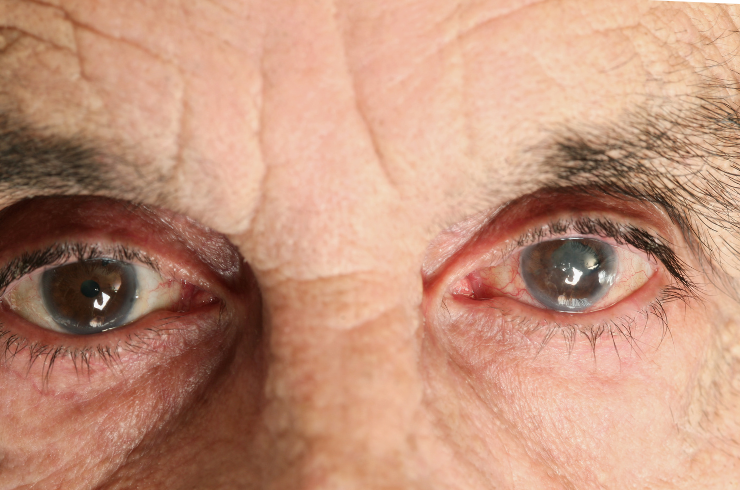Glaucoma
- Home
- Services
- Glaucoma

Understanding Glaucoma
Glaucoma is a group of eye diseases that damage the optic nerve, often associated with increased intraocular pressure (IOP). It is one of the leading causes of irreversible blindness worldwide. Early detection and treatment are crucial to managing the condition and preserving vision.
Types of Glaucoma
There are several types of glaucoma, each with different causes and characteristics:
- Open-Angle Glaucoma: The most common form, characterized by a gradual increase in eye pressure due to improper drainage of fluid in the eye.
- Angle-Closure Glaucoma: Occurs when the iris blocks the drainage angle of the eye, leading to rapid increases in eye pressure. It is considered a medical emergency.
- Normal-Tension Glaucoma: Occurs even with normal eye pressure. The optic nerve is damaged despite IOP being within normal limits.
- Congenital Glaucoma: A rare condition present at birth that affects infants and young children.
Risk Factors for Glaucoma
Several risk factors may increase the likelihood of developing glaucoma:
- Age (over 60 years)
- Family history of glaucoma
- High eye pressure (IOP)
- Existing medical conditions (such as diabetes or hypertension)
- Certain ethnic backgrounds (African, Hispanic, or Asian descent)
Symptoms of Glaucoma
In the early stages, glaucoma may not show any symptoms. As the disease progresses, symptoms may include:
- Gradual loss of peripheral vision
- Blurred vision
- Halos around lights
- Severe eye pain (in acute angle-closure glaucoma)
- Nausea and vomiting (also in acute cases)
Diagnosis of Glaucoma
Early detection is key to managing glaucoma effectively. The following tests may be performed:
- Comprehensive Eye Exam: Includes measuring eye pressure and assessing the optic nerve.
- Visual Field Test: Evaluates the peripheral vision.
- Pachymetry: Measures the thickness of the cornea, which can affect glaucoma risk.
Treatment Options for Glaucoma
Treatment options vary based on the type and severity of glaucoma and may include:
- Medications: Prescription eye drops to reduce eye pressure.
- Laser Therapy: Procedures like laser peripheral iridotomy or selective laser trabeculoplasty to improve fluid drainage.
- Surgeries: In more severe cases, surgical options may be considered, such as trabeculectomy or drainage implant surgeries.
Preventive Measures and Lifestyle Changes
While glaucoma cannot be completely prevented, certain measures may help reduce the risk:
- Regular eye examinations, especially for those at high risk
- Maintaining a healthy diet rich in vitamins and minerals
- Exercising regularly
- Protecting eyes from injury and UV exposure
Consult Our Eye Care Specialists
If you are at risk for glaucoma or have concerns about your eye health, contact us today to schedule an appointment with our experienced eye care specialists. Early detection and proactive management can help preserve your vision!

